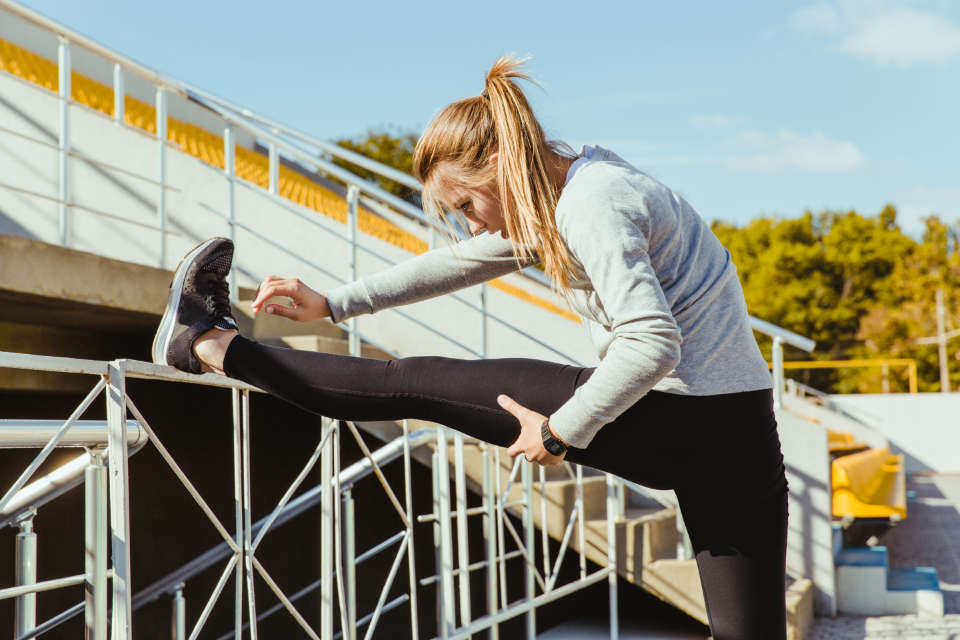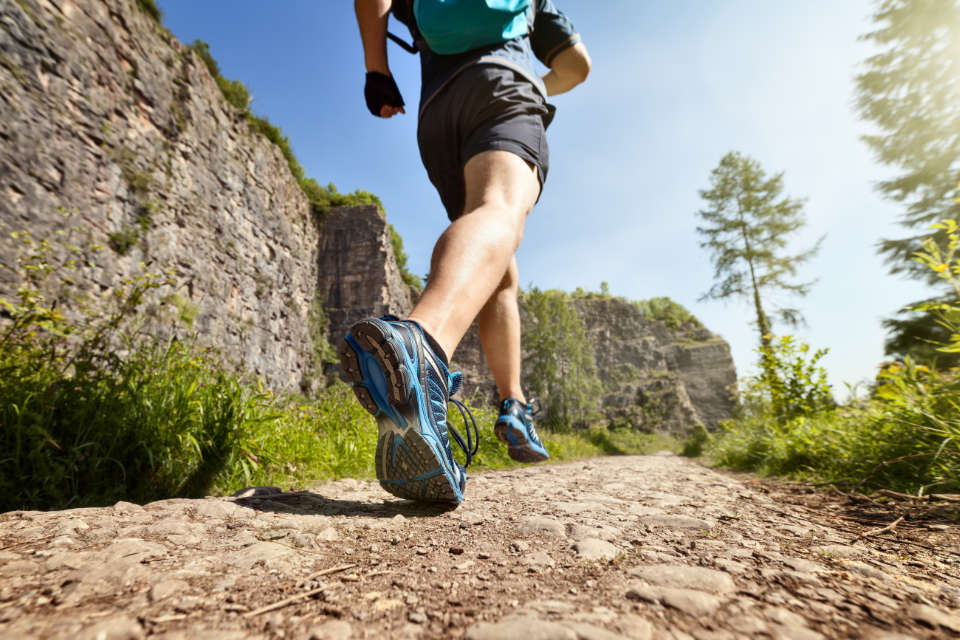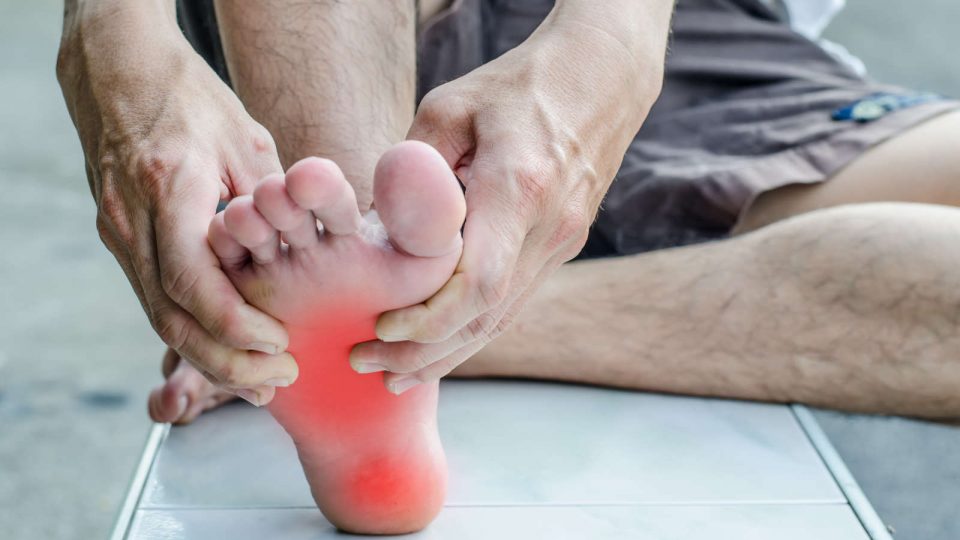Studies show that 19-79% of runners suffer from lower extremity injuries and are sidelined every year because of medical problems. It begins with simple cramping and advances to more severe injuries like shin splints and Plantar Fasciitis. Of course, most runners will make a few stretches, pop some painkillers, and resume practice.
However, after covering a hundred or more runs later, the athlete gets sidelined due to a severe knee or other injuries. The next discussion deliberates on how to prevent feet complications effectively during a running routine:
Adding Strength
Strong muscles, tendons, and joints guard against impact, develop a consistent gait, and improve form. Weak muscles cause knees, hips, and the foot movements to change with each step. Strong muscles, on the other hand, ensure that these movements are consistent, thus the body knows what to expect.
The brain also alerts the leg muscles to get ready for impact before the feet hit the ground. The glutes contract to steady the pelvis while the ankle and foot muscles are activated to provide a firm foundation to land on. This coordination of muscles results in fewer injuries.

Wearing a Good Pair of Running Shoes
Wearing the appropriate pair of sneakers is important when you are running. It helps avoid running problems like blisters, calluses, or black toenails. Runners who develop blisters show that they are not wearing the right shoe sizes, which causes their feet to move around the sneakers.
Experts recommend looking for shoes and socks that are designed for that particular sport. Sport-specific socks have a lot of cushioning and are made of synthetic materials to absorb moisture. Several factors come into play when buying the right running sneakers:
- The heel should not be tight but have to allow a snug fit. The sneaker should allow your feet to slide in and out
- The sneaker’s upper side should feel snug around the instep. Be sure to pick another shoe if it feels tight or mounts pressure on your feet
- It should also be light and stable
The best way to ensure you choose the right size is to have your feet measured when buying. Running shoes from Bandit series provide additional comfort for runners.
Stretching Before Running
Stretching reduces the strain on joints, muscles, and tendons. Also, it allows you to maintain the optimal function of the feet and ankle joints for athletic performance. It makes an effective way of preventing common feet complications like Plantar Fasciitis (an inflammation of the bottom of the foot) and Achilles Tendinitis (swelling of the area close to the heel). The most common stretches runners should perform before exercise include:
- Calf stretches to relieve heel and foot pain
- A toe spread to work the small muscles located in the toes and improve balance. It also allows you to roll legs through a full range of motion
- Calf drops to strengthen calf muscles and tendons located near the heel
- An arched stretch to reduce arch pain and increase flexibility

Replacing Worn-out Shoes
Running using worn out shoes invites a host of injuries that can affect performance. The feet generate a force that is three times one’s body weight. As such, worn out shoes can’t absorb and spread the impact efficiently. It triggers a chain of reactions on the body’s muscles, joints, and tendons.
The shock of the impact affects the ankles, hips, and knees, resulting in injuries like shin splints, IT Band, and runner’s knee- the most common injury caused by using worn out shoes. Of course, it spawns the question as to when one should replace running shoes.
Experts recommend replacing the shoes after covering a maximum of 500 miles. Cracks also make a good sign of replacing running shoes. Additionally, if you develop aches and pains every time you run, you should consider replacing them.
Running on Trails or Dirt Surfaces
Trail running helps absorb the impact of the foot hitting the ground when running. Hard surfaces like pavements and asphalt are inflexible and result in injuries. Many elite runners perform most of their training on rails. Note that professional road racers have to train for more than 100 miles every week, which is a lot of pounding on one’s legs.
Covering these many miles on softer terrains like wood chips, dirt, and grass, allows runners to absorb the pounding with minimal wear and tear on joints, muscles, and bones. It also reduces stress and the risk of developing shin splints (inflammation of the tendons and muscles around the tibia).
A study conducted by Eswar Krishan and Martin Hoffman found that marathoners who trained on trails had a lower risk of developing shin splints (tibial stress fractures). Additionally, trail running allows the runner to vary the length of his stride more as it demands lateral movement and directional changes thus maintaining traction.

Real Life Example
Most famous athletes prefer training off-road to minimize the occurrence of injuries. Dathan Ritzenhein and Galen Rupp, for example, train on extensive trails around Portland. Khalid Khannouchi, a two-time record holder, also trains in the Forest Park woods while the ever-winning Kenyan runners who train in America prefer doing it on the dirt surfaces of West Philadelphia.
Conclusion
Tasks like replacing worn out running shoes seem simple and without much impact but ignoring them quickly takes a toll on your feet and body. This guide should help you adopt a running routine that prevents feet complications.





